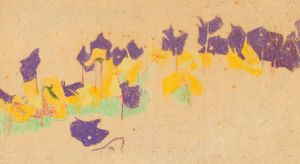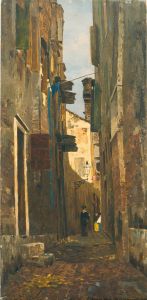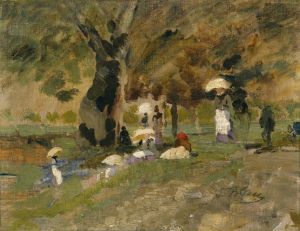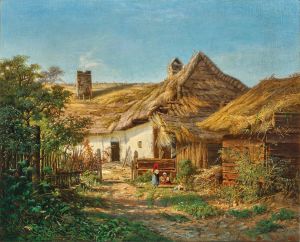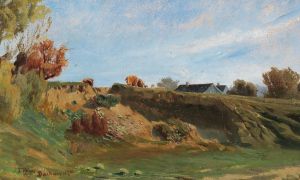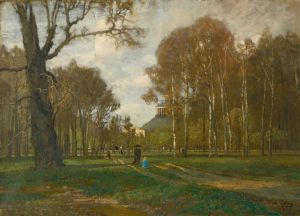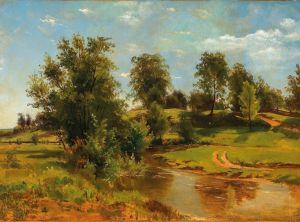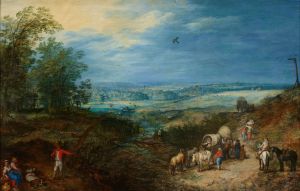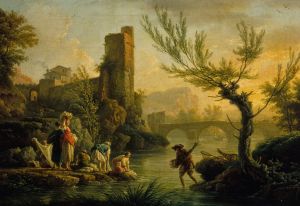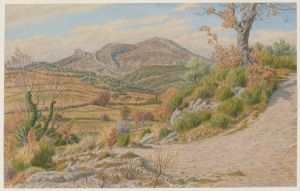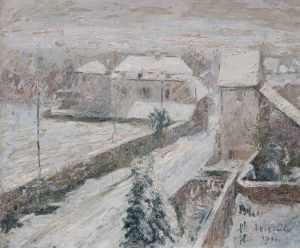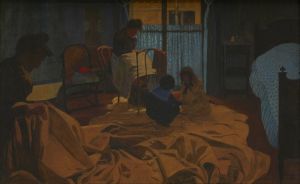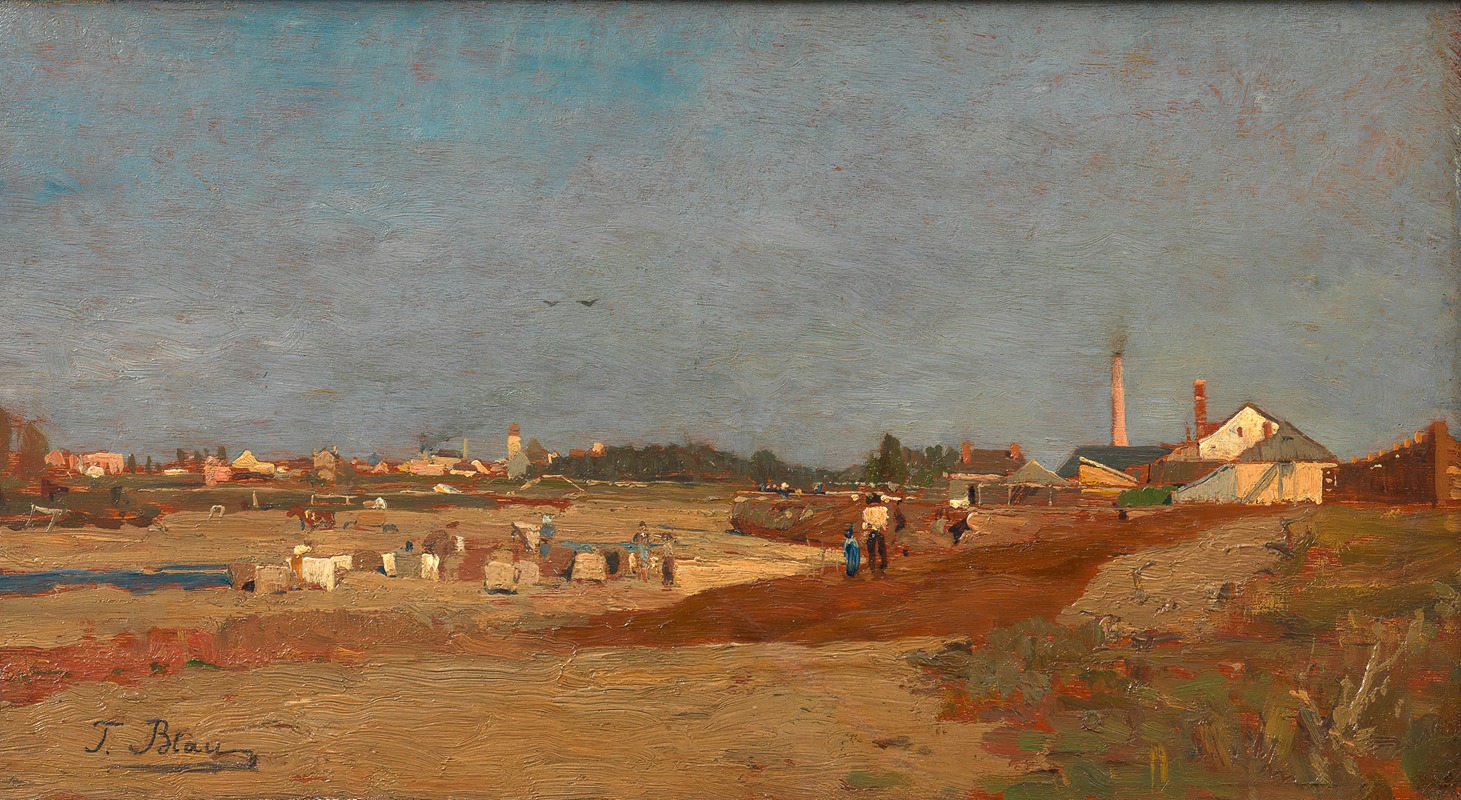
Wäscherei an der Wien bei St. Veit
A hand-painted replica of Tina Blau’s masterpiece Wäscherei an der Wien bei St. Veit, meticulously crafted by professional artists to capture the true essence of the original. Each piece is created with museum-quality canvas and rare mineral pigments, carefully painted by experienced artists with delicate brushstrokes and rich, layered colors to perfectly recreate the texture of the original artwork. Unlike machine-printed reproductions, this hand-painted version brings the painting to life, infused with the artist’s emotions and skill in every stroke. Whether for personal collection or home decoration, it instantly elevates the artistic atmosphere of any space.
Tina Blau, an influential Austrian landscape painter of the 19th century, is renowned for her vibrant and atmospheric depictions of nature and urban scenes. One of her notable works is "Wäscherei an der Wien bei St. Veit," which translates to "Laundry on the Wien River near St. Veit." This painting exemplifies Blau's skill in capturing the interplay of light and color, a hallmark of her artistic style.
Born in 1845 in Vienna, Tina Blau was part of a generation of artists who were pivotal in the development of Austrian landscape painting. She studied under several prominent artists, including August Schaeffer and Emil Jakob Schindler, and was associated with the Austrian mood impressionism movement. Blau's work is characterized by her keen observation of nature and her ability to convey the transient effects of light and atmosphere.
"Wäscherei an der Wien bei St. Veit" is a testament to Blau's mastery in portraying everyday scenes with a sense of tranquility and beauty. The painting depicts a laundry scene along the Wien River, a tributary of the Danube that flows through Vienna. The setting near St. Veit, a district in Vienna, provides a picturesque backdrop that Blau captures with her characteristic attention to detail and color.
In this work, Blau employs a palette that reflects the natural hues of the landscape, using soft greens, blues, and earthy tones to create a harmonious composition. The depiction of the river, with its gentle flow and reflections, adds a dynamic element to the scene. The figures engaged in laundry work are rendered with a sense of realism and are integrated seamlessly into the landscape, highlighting Blau's ability to blend human activity with nature.
Blau's approach to painting was influenced by her travels and exposure to different artistic movements. She spent time in Munich, where she was influenced by the plein air painting techniques popularized by the Barbizon School and the Impressionists. This influence is evident in "Wäscherei an der Wien bei St. Veit," where the loose brushwork and emphasis on capturing the effects of light suggest a departure from the more rigid academic styles of the time.
Throughout her career, Tina Blau faced the challenges of being a female artist in a predominantly male-dominated field. Despite these obstacles, she achieved considerable success and recognition. She exhibited widely, including at the prestigious Vienna Künstlerhaus and the Secession, and her works were well-received by critics and the public alike.
Blau's contribution to art extends beyond her paintings; she was also a dedicated teacher. In 1897, she became one of the first female instructors at the Vienna Academy of Fine Arts, where she influenced a new generation of artists. Her legacy is reflected in the continued appreciation of her work and her role in advancing the status of women in the art world.
"Wäscherei an der Wien bei St. Veit" remains an important piece within Tina Blau's oeuvre, encapsulating her artistic vision and technical prowess. It serves as a window into the everyday life of 19th-century Vienna, rendered with a sensitivity and depth that continues to resonate with viewers today. Through this painting, Blau not only captures a moment in time but also invites the viewer to appreciate the beauty and serenity of the natural world.





